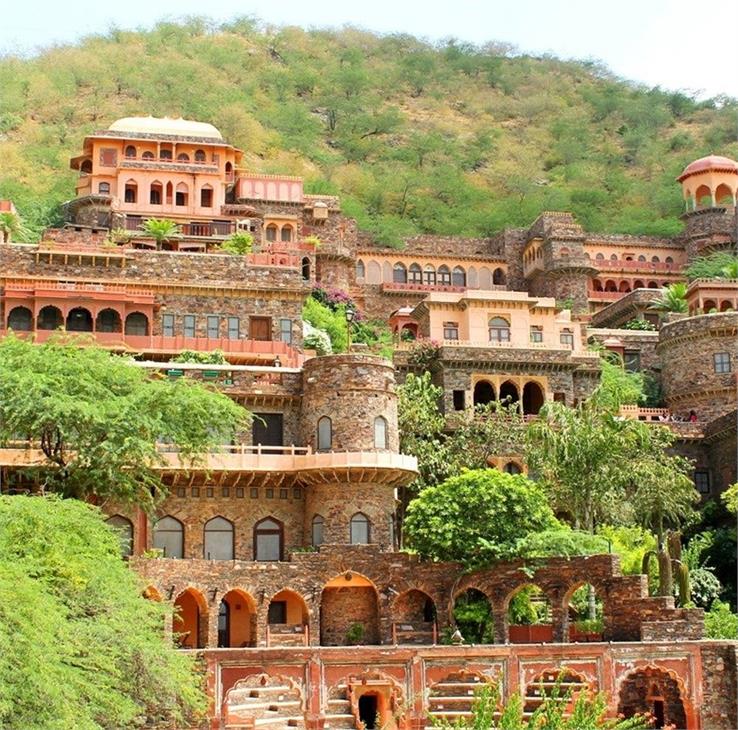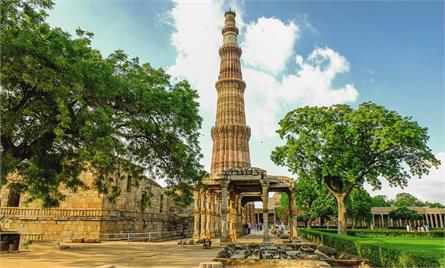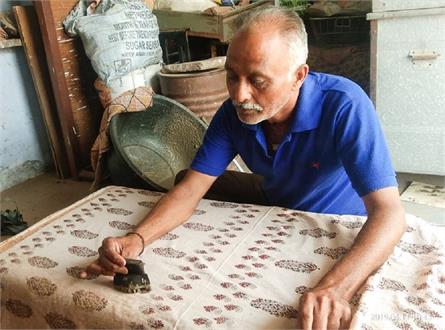Hill Forts of Rajasthan | The UNESCO Heritage Sites
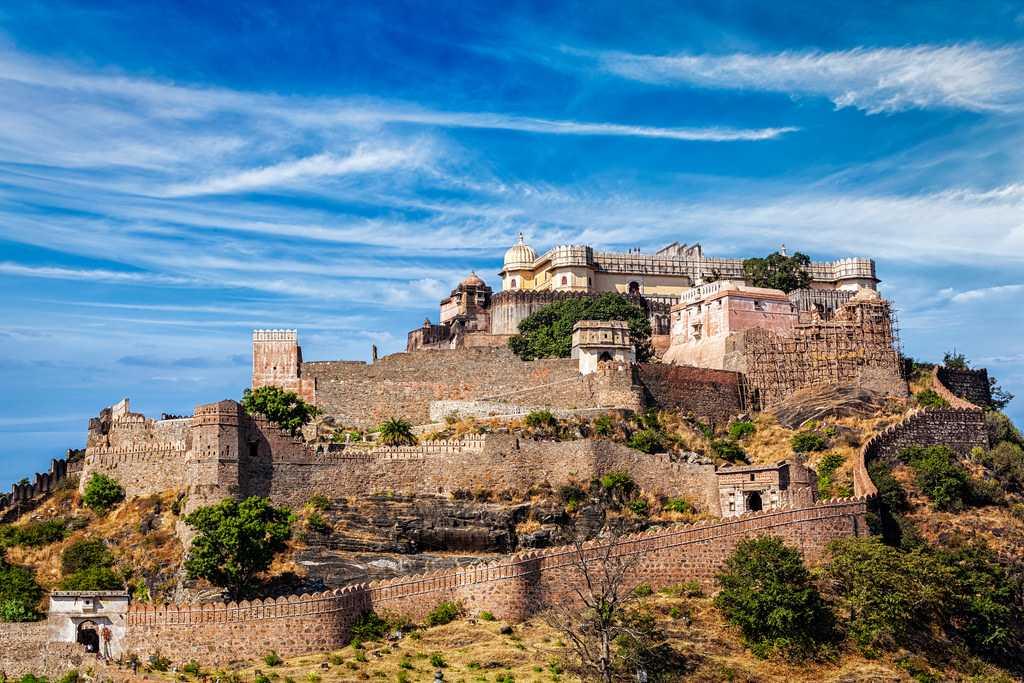
Rajasthan, the land of maharajas and magnificent palaces, is also home to a cluster of remarkable hill forts that have withstood the test of time. These forts are not merely ancient citadels but enduring symbols of Rajasthan's architectural prowess and rich history. In 2013, UNESCO recognized six of these hill forts as World Heritage Sites, shedding light on their historical significance and architectural grandeur.
Also Read: Madhya Pradesh - The Heart of India
Majestic Testaments to History and Architecture | Explore the architectural marvels and storied pasts of these enchanting hill forts of Rajasthan.
The forts of Rajasthan that come under UNESCO Heritage are given below:
1. Kumbhalgarh Fort

Kumbhalgarh Fort is situated in the Aravalli Hills of Rajasthan, approximately 82 kilometers northwest of the city of Udaipur. It is situated at a high elevation, offering panoramic views of the surrounding area. Kumbhalgarh Fort, located in the Rajsamand district of Rajasthan, is celebrated for its impressive architecture. Built in the 15th century by Rana Kumbha, Kumbhalgarh Fort served as a sanctuary for the Mewar rulers during times of conflict. It was here that the valiant Rajput warrior, Maharana Pratap, was born. The fort's impregnability is evident from its resistance against numerous attacks, including the mighty army of Mughal Emperor Akbar.
<i> Architecture of Kumbhalgarh Fort
Kumbhalgarh Fort is renowned for its robust and well-fortified walls, which extend for approximately 36 kilometers, making it the second-longest continuous wall in the world, after the Great Wall of China. The walls are wide enough to accommodate eight horses walking abreast. There are numerous bastions and watchtowers along the walls. Inside the fort, there are several palaces, temples, and other structures.
<ii> Main Attractions of Kumbhalgarh Fort
Some of the prominent attractions within Kumbhalgarh Fort include the Badal Mahal (Cloud Palace), which offers breathtaking views of the surrounding landscape, the Kumbha Palace, various temples, including the Vedi Temple and Neelkanth Mahadev Temple, and the Kumbhalgarh Wildlife Sanctuary, which surrounds the fort.
<iii> Significance of Kumbhalgarh Fort
The fort served as a strategic military stronghold and played a vital role in the history of Mewar. It was also the birthplace of the legendary Rajput king Maharana Pratap. Kumbhalgarh Fort has been recognized as a UNESCO World Heritage Site as part of the Hill Forts of Rajasthan group, which includes other historic forts in the region.
<iv> Tourism
Today, Kumbhalgarh Fort is a popular tourist destination, attracting visitors from all over the world. Its impressive architecture, historical significance, and picturesque setting make it a must-visit attraction in Rajasthan.
<v> Accessibility
The fort is easily accessible by road from Udaipur and other nearby cities. There are also guided tours available for visitors to explore the fort and learn about its history.
Also Read: Most famous handicrafts of Madhya Pradesh
2. Chittorgarh Fort
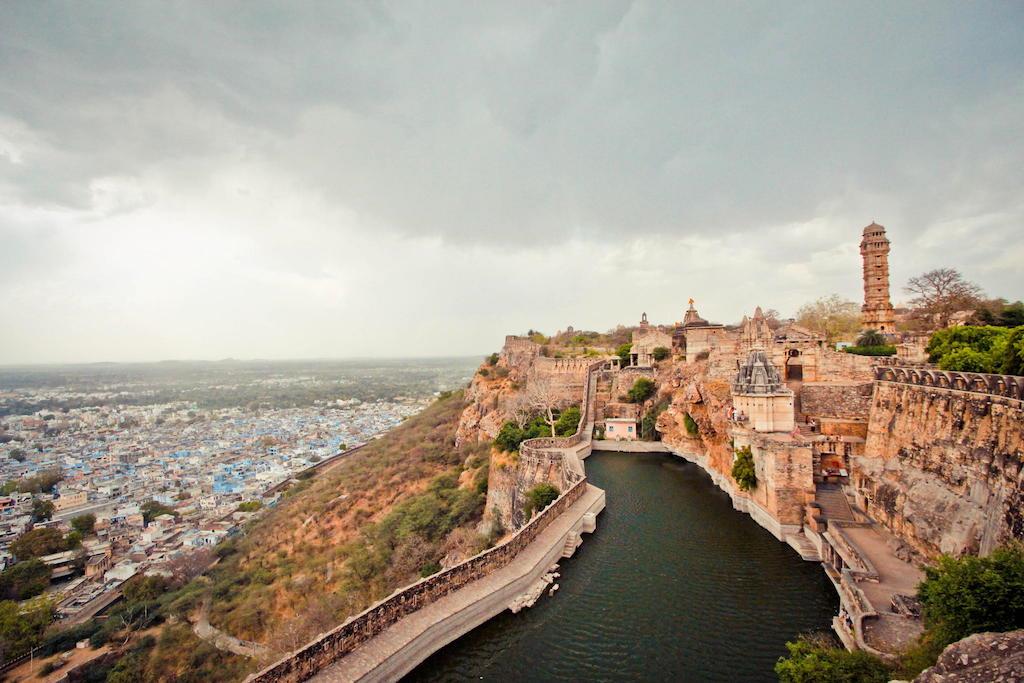
Chittorgarh Fort, located in the Chittorgarh district of Rajasthan, boasts a mix of Rajput and Mughal architectural styles. Chittorgarh Fort, also known as Chittor Fort, is one of the largest and most historically significant forts in India. This fort is renowned for its rich history, architectural splendor, and its association with various rulers and dynasties over the centuries. The fort covers an area of 692 acres and houses numerous palaces, temples, and reservoirs.
<i> Historical Significance
Chittorgarh Fort has a history that dates back to the 7th century AD. It was originally built by the Maurya dynasty but gained prominence under the rule of the Mewar dynasty.
<ii> Architecture
The fort covers a vast area and is characterized by its impressive architecture. It includes several palaces, temples, towers, and reservoirs. Some of the prominent structures within the fort are the Vijay Stambh (Tower of Victory), Kirti Stambh (Tower of Fame), Rana Kumbha Palace, and the Meera Temple.
<iii> Sieges and Battles
Chittorgarh Fort is known for its resilience in the face of numerous sieges and battles. It faced multiple attacks by various dynasties, including the Mughals and the Sisodia Rajputs. The most famous siege was the one led by Alauddin Khilji in 1303, which ended tragically with the mass self-immolation of Rajput women and men, known as "jauhar," to avoid capture.
<iv> Vijay Stambh
The Vijay Stambh, or Tower of Victory, is one of the iconic structures within the fort. It was built by Rana Kumbha in the 15th century to commemorate his victory over Mahmud Khilji. The tower stands 37 meters (122 feet) tall and is adorned with intricate sculptures and inscriptions.
<v> Kirti Stambh
The Kirti Stambh, or Tower of Fame, is another notable tower within the fort. It was built by a Jain merchant in the 12th century and is dedicated to the Jain religion. Like the Vijay Stambh, it is beautifully decorated with sculptures.
<vi> Rana Kumbha Palace
This palace is one of the oldest and most significant structures within Chittorgarh Fort. It was the birthplace of Maharana Udai Singh II, the founder of Udaipur. The palace has a blend of Rajput and Mughal architectural styles.
<vii> Meera Temple
The Meera Temple is dedicated to the famous Rajput poet-saint, Meera Bai, who was an ardent devotee of Lord Krishna. It is an important pilgrimage site for Meera's followers.
<viii> UNESCO World Heritage Site
Chittorgarh Fort was designated as a UNESCO World Heritage Site in 2013 as part of the Hill Forts of Rajasthan. It is considered an outstanding example of Rajput military architecture and a testament to the valor and sacrifice of the Rajput warriors.
Also Read - Most Famous Shopping Markets in Rajasthan
3. Ranthambore Fort
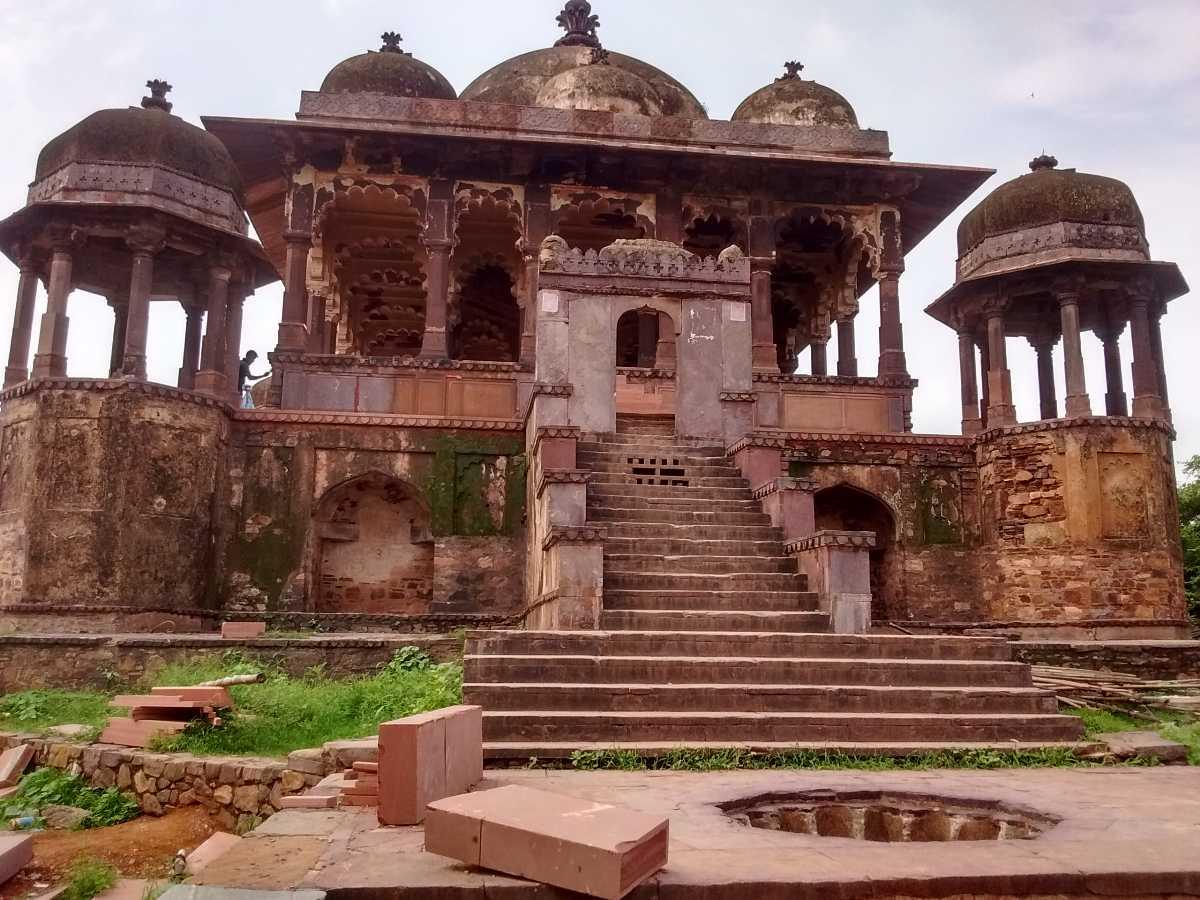
Ranthambore Fort is a historic fort located in the Ranthambore National Park in the Sawai Madhopur district of the Indian state of Rajasthan. It is one of the prominent landmarks in the region and is known for its rich history, architectural significance, and its location within a wildlife sanctuary known for its tiger population. The fort is located approximately 10 kilometers from the town of Sawai Madhopur and is easily accessible by road. The nearest major city is Jaipur, which is about 160 kilometers away.
Here are some key features and information about Ranthambore Fort:
<i> Historical Significance
Ranthambore Fort has a history dating back to the 8th century. It was initially built as a strategic defense fortification by the Chauhan dynasty and later expanded and modified by various rulers, including the Mughals and the Maharajas of Jaipur.
<ii> Architecture
The fort is a fine example of Rajput architecture and is known for its massive stone walls, majestic gates, and intricate carvings. It stands atop a hill, providing a commanding view of the surrounding area. The fort is a popular tourist destination, attracting history enthusiasts, wildlife lovers, and photographers. It offers a unique blend of history and nature.
<iii> UNESCO World Heritage Site
Ranthambore Fort is also part of the UNESCO World Heritage Site "Hill Forts of Rajasthan," which includes six forts in the state of Rajasthan recognized for their historical and architectural significance.
<iv> Best Time to Visit
The best time to visit Ranthambore Fort is during the cooler months of October to March when the weather is more pleasant for exploring both the fort and the wildlife in the national park.
<v> Entry Fees
There is an entry fee for visiting the fort, and it is advisable to check the current ticket prices and visiting hours before planning the trip.
Also Read: Chhattisgarh - The Bowl of Minerals
4. Gagron Fort
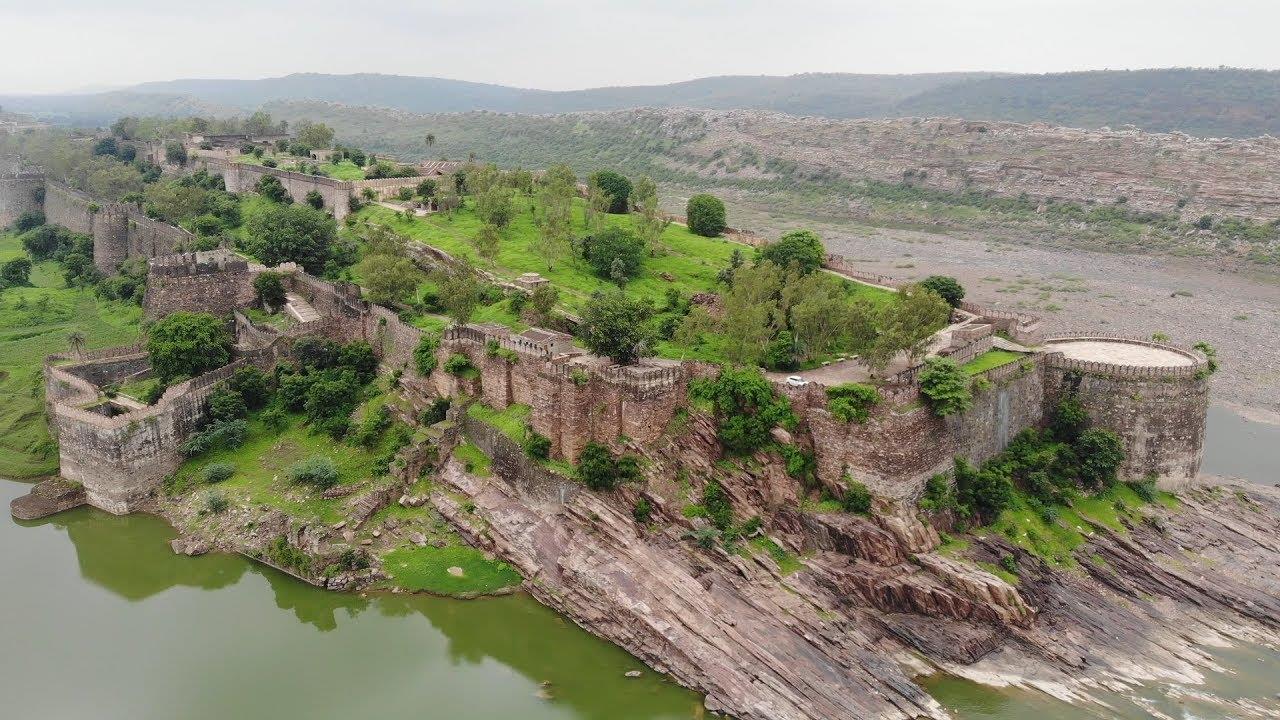
Gagron Fort, also known as Gagron Qila, is a historic fort located in the Jhalawar district of the Indian state of Rajasthan. The fort is strategically situated at the confluence of the Ahu and Kali Sindh rivers, which not only provided natural protection but also made it an important trading and military outpost during ancient times. It is situated near the town of Jhalawar and is renowned for its unique location and architecture. Gagron Fort is a prime example of a water fort, as it is surrounded by the waters of the Ahu River on three sides, providing it with natural defenses.
Features and historical significance of Gagron Fort
<i> Architectural Style
Gagron Fort showcases a blend of Rajput and Islamic architectural styles. It consists of several structures, including palaces, temples, and mosques, reflecting the diverse cultural influences in the region. Within the fort complex, there are several temples and mosques, including the Kamal Sagar Jain temple, dedicated to Lord Mahavira, and the Gagron Sufi shrine. This reflects the religious diversity and tolerance of the region.
<ii> Historical Significance
Gagron Fort has a rich history and is associated with various Rajput rulers and historical events. It is said to have been initially constructed in the 7th century and was later expanded and renovated by different rulers over the centuries, including the Pratiharas, the Chauhans, and the Mughals.
<iii> UNESCO World Heritage Site
Gagron Fort is a UNESCO World Heritage Site and is part of the Hill Forts of Rajasthan, a group of historic forts in the state of Rajasthan collectively recognized for their cultural and architectural significance.
<iv> Festivals
Gagron Fort comes alive during the Gagron Fort Fair, which is held annually in the Hindu month of Bhadra (August-September). This fair is a vibrant celebration of local culture and traditions and attracts a large number of visitors.
<v> Water Management
The fort's ingenious water management system, including tanks and reservoirs, helped ensure a reliable water supply to the residents and soldiers during times of siege.
Also Read: Qutub Minar - The Tallest Minaret of India
5. Amer Fort (Amber Fort)
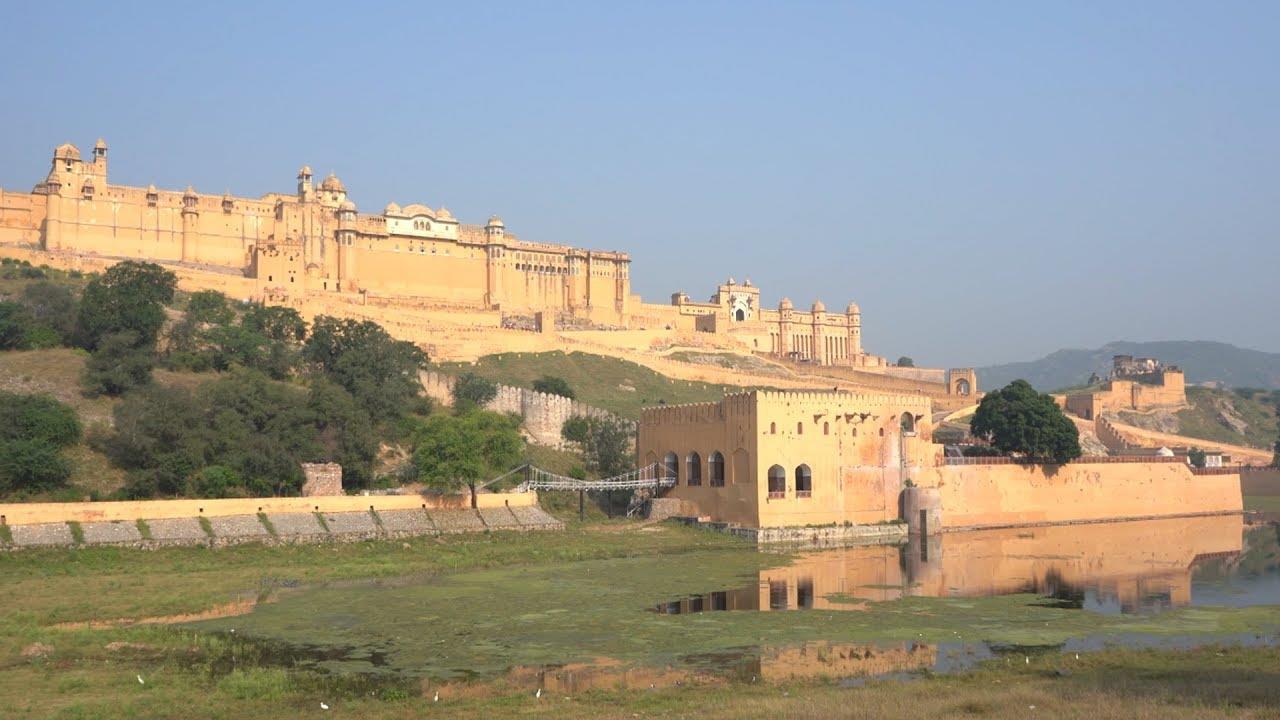
Amer Fort, also known as Amber Fort, is a magnificent hilltop fort located in Amer, a town situated just outside Jaipur, the capital city of the Indian state of Rajasthan. The fort is perched on a hill, offering panoramic views of the surrounding hills and the Maota Lake below. Its strategic location provided natural protection and served as the royal residence of the Kachhawah rulers.
This historic fort is one of the most popular tourist attractions in the Jaipur area and is known for its stunning architecture, grandeur, and rich history.
Here are more information about Amer Fort given below-
<i> Architectural Style
Amer Fort is a fine example of Rajput architecture with a blend of Mughal influences. Its intricate design, use of red sandstone and marble, and artistic detailing make it an architectural masterpiece.
<ii> History
Amer Fort was originally built in the 16th century by Raja Man Singh I, a trusted general of Emperor Akbar. Over the centuries, subsequent rulers made additions and modifications to the fort, enhancing its grandeur and features.
<iii> Fort Complex
The fort complex is divided into several sections, including the main palace area, temples, gardens, and defensive structures. The main attractions within the fort include Sheesh Mahal (Mirror Palace), Diwan-e-Aam (Hall of Public Audience), Diwan-e-Khas (Hall of Private Audience), and the Ganesh Pol (Gate).
<iv> Sheesh Mahal
One of the most famous parts of Amer Fort is the Sheesh Mahal, a beautiful palace covered in intricate mirrorwork. The mirrors were designed to reflect candlelight and create a glittering effect, earning it the nickname "Palace of Mirrors."
<v> Elephant Rides
Tourists can traditionally ascend to the fort on elephant back, a popular and iconic experience. However, in recent years, concerns about the treatment of the elephants have led to changes in this practice, and alternative transportation methods are now offered.
<vi> Sound and Light Show
Amer Fort hosts an evening sound and light show that narrates the history of the fort and the rulers of Amer. The show is conducted in both English and Hindi and adds to the overall experience of visiting the fort.
<vii> UNESCO World Heritage Site
Amer Fort is a part of the group of six hill forts in Rajasthan collectively recognized as UNESCO World Heritage Sites under the title "Hill Forts of Rajasthan." These forts are celebrated for their historical and architectural significance.
Also Read - List of top 8 schools in Jaipur, Rajasthan
6. Jaisalmer Fort

The fort is situated atop the Trikuta Hill and dominates the skyline of Jaisalmer city. Its strategic location allowed it to control ancient trade routes, particularly the Silk Road and served as a major center for trade and commerce. Jaisalmer Fort, also known as "Sonar Qila" or the "Golden Fort," is a UNESCO World Heritage Site and a historic fortification located in the city of Jaisalmer in the Indian state of Rajasthan. It is one of the largest fully preserved fortified cities in the world and is renowned for its distinctive golden-yellow sandstone architecture. Here are some key features and information about Jaisalmer Fort:
<i> Architecture of Jaisalmer Fort
Jaisalmer Fort is known for its unique and stunning architecture made entirely of yellow sandstone. The use of this sandstone gives the fort a golden-yellow hue, which is why it is often referred to as the "Golden Fort."
<ii> History of Jaisalmer Fort
Jaisalmer Fort was built in 1156 AD by Maharawal Jaisal, a Rajput ruler of the Bhati clan. Over the centuries, it has witnessed various rulers and dynasties, including the Mughals and the British, and played a crucial role in the history of Rajasthan.
<iii> Fortification of Jaisalmer Fort
The fort's massive sandstone walls rise dramatically from the surrounding desert and stretch for approximately 2.8 kilometers (1.7 miles). It is fortified with 99 bastions, each of which once housed soldiers and artillery.
<iv> Havelis of Jaisalmer Fort
Within the fort, there are numerous havelis (traditional mansions) with intricate stone carvings and architectural details. Some of the famous havelis within Jaisalmer Fort include Patwon Ki Haveli, Salim Singh Ki Haveli, and Nathmal Ki Haveli, all of which are popular tourist attractions.
<v> Temples of Jaisalmer Fort
Jaisalmer Fort also houses several Jain temples and Hindu temples. The most notable Jain temple is the Jain Temples of Jaisalmer, known for its exquisite marble work and intricate carvings.
<vi> Cultural Heritage of Jaisalmer Fort
The fort is not just a historical monument; it is a living heritage site with a vibrant local population. Many families have lived within the fort for generations, and their traditions and way of life contribute to the fort's unique charm.
Also Read: Famous Ancient Caves Of Madhya Pradesh, India
The hill forts of Rajasthan are historical relics and living testaments to the grandeur of Rajasthan's architecture and the valor of its people. Their recognition as UNESCO World Heritage Sites further emphasizes their importance in preserving India's rich cultural and architectural heritage. These forts continue to stand proudly, inviting travelers and history enthusiasts to explore their magnificent structures and delve into the captivating stories they hold.


